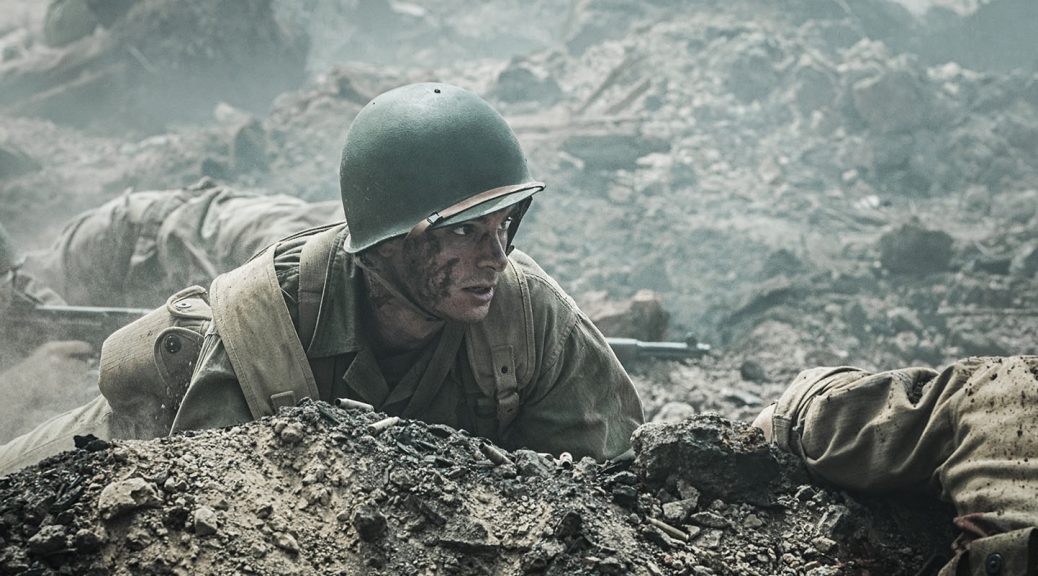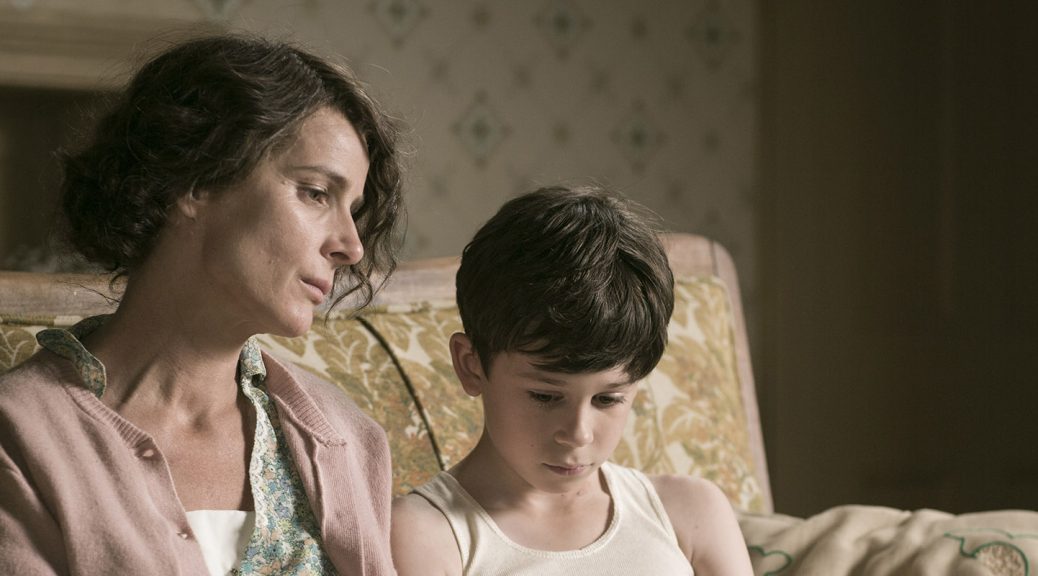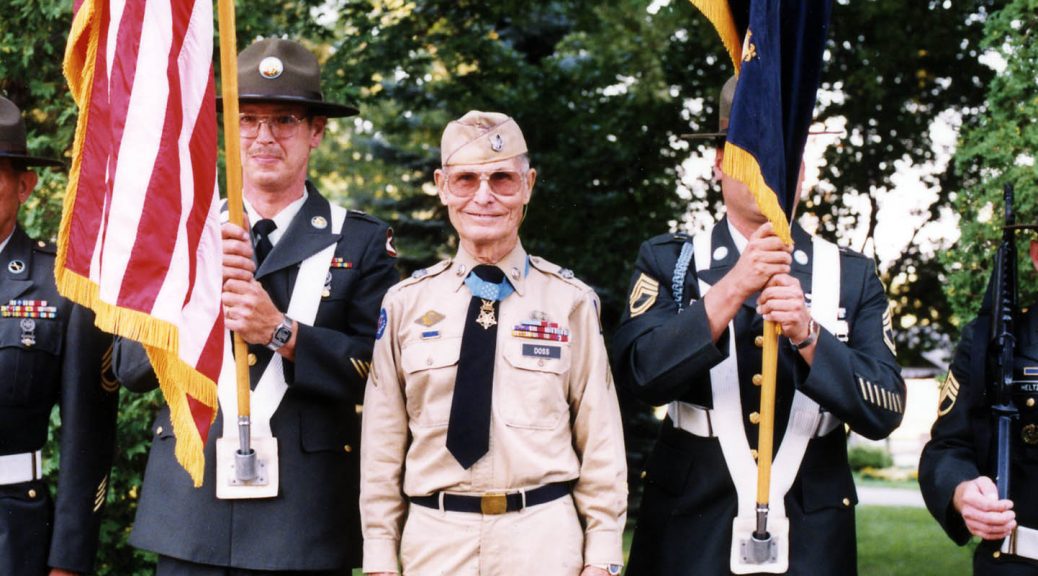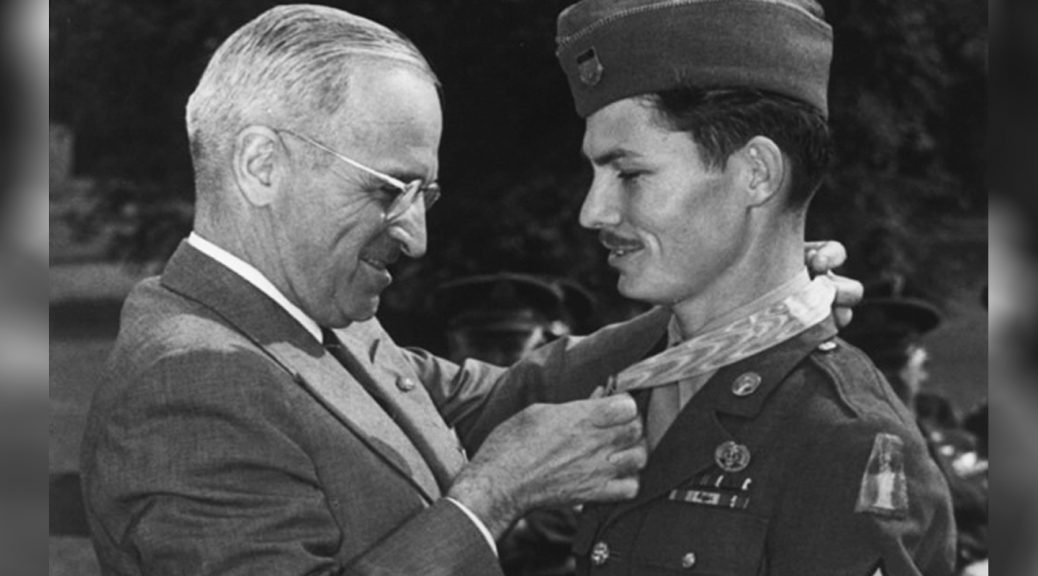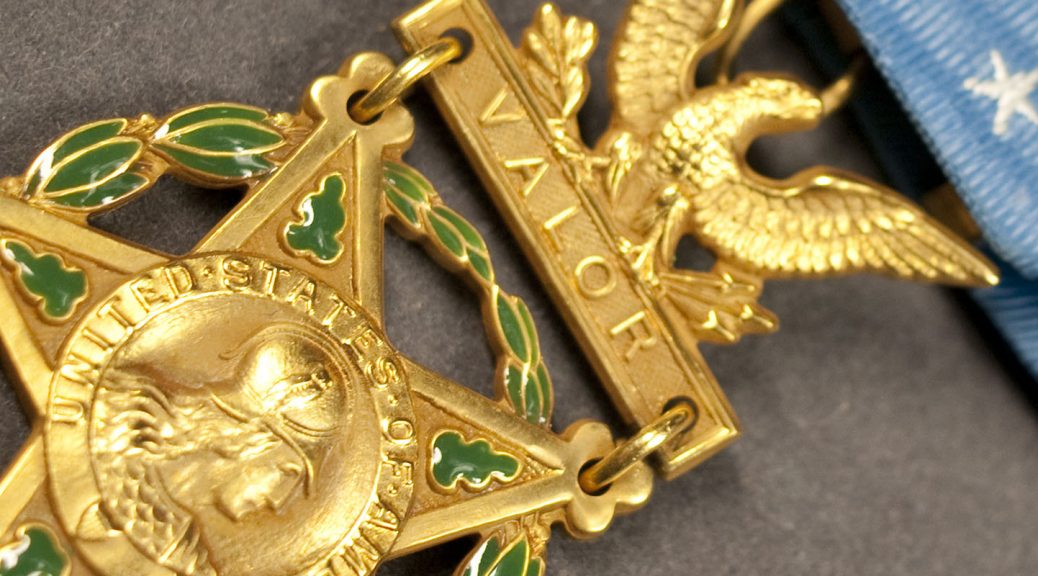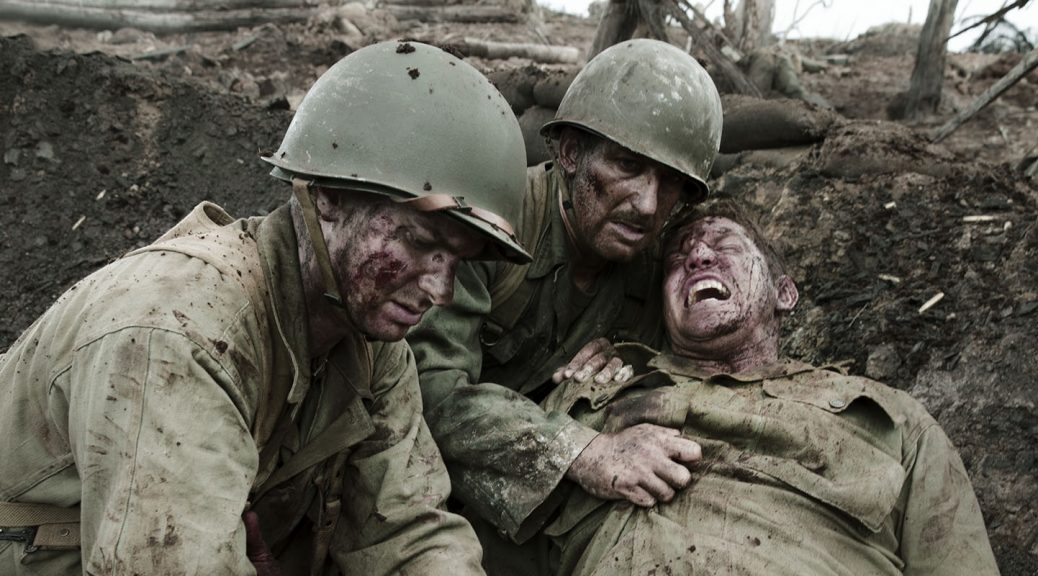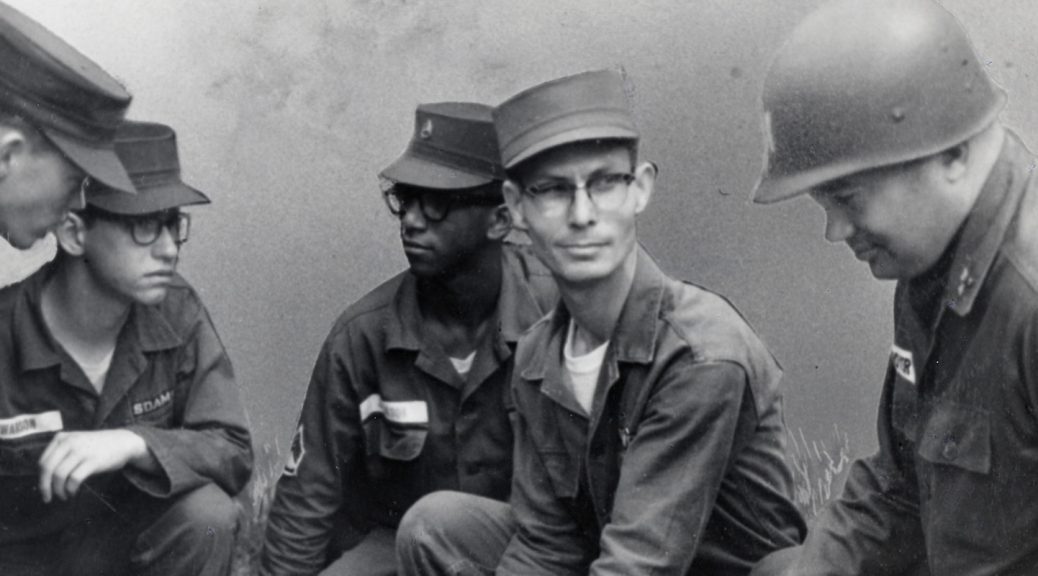
Doss understood the importance of prayer in his own life, and knew it didn’t have to be complicated to have a massive impact.
By Jarrod Stackelroth.
One of the most powerful scenes of Hacksaw Ridge is when Desmond Doss prays, “Help me get just one more, Lord.” It is a plea, a cry from a man who is physically, emotionally and mentally drained; a cry for strength and support, for patience and providence to step in and save. Of course, Doss doesn’t stop at just one. In the end, praying all the way, he rescues some 75 men from the top of that hellish escarpment.
This is not the only time we see Doss in prayer. He prays before battle and before he makes big decisions. His company even holds up an attack until he has finished his prayers. And yet as he says himself, prayer is not like a conversation with God. He never hears much back. So why does he pray?
Well, it is not some spell or incantation that can force God to act in the way we require or desire. There is no magic formula to prayer. How can we say that Doss’s prayers saved him from death when others who died were undoubtedly praying people?
And yet prayer was crucial for Doss. It reminded him of something bigger than himself. It gave him hope. Christians believe God hears our prayers and takes an interest in our lives. The Bible says that God even knows the number of hairs on our heads (Luke 12:7).
Prayer reminds us to be grateful for what we have. Prayer gives us an outlet to express thanks for the blessings we have done nothing to deserve. Prayer helps us express our frustrations, our hurts and our mistakes to someone who is always there — and who wants to listen. Prayer increases our resilience and gives us inner strength, strength that Doss certainly called on in his darkest hour. Prayer is a candle in that darkness that cannot be extinguished.
Christians will often pray the Lord’s Prayer (Matthew 6:9-13). It is a prayer that Jesus taught his disciples and is often used as a model, to teach people how to pray. The basic things it covers are: acknowledging God as our Father and acknowledging His sovereignty; placing the future in His hands; asking for the things we need; asking for forgiveness and to help us forgive; and protection from everything that can go wrong in the world.
When prayer is used like this, it helps us acknowledge that things are out of our control, helps us not to worry, helps us to be grateful and gives us hope for the future.
Doss understood the importance of prayer in his own life. You can pray like Doss today — just keep it simple and talk to God.
Image courtesy of the Desmond Doss Council.
